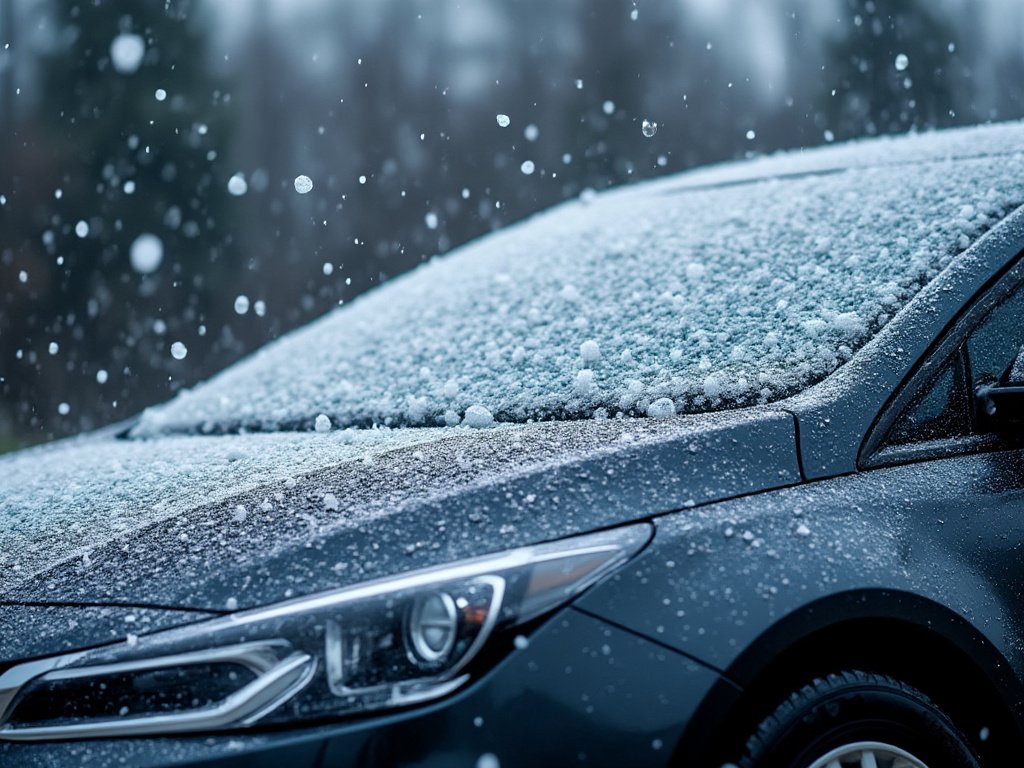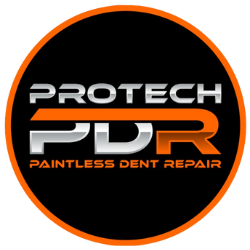Storm Season Is Here!
-
Check with your insurance company that your covered for Hail Damage & Windscreen
-
Storm Season Is Here! - Check with your insurance company that your covered for Hail Damage & Windscreen -
What the latest?
News, Information & Blog
-

Storm Season
"Preparing for Australia’s Upcoming Storm Season: What You Need to Know"
As Australia braces for its upcoming storm season, many vehicle owners are left wondering how to protect their cars from the inevitable hailstorms and heavy weather. With storm season typically peaking between October and April, it’s important to understand the risks and take proactive measures to safeguard your vehicle and your wallet.
How to Protect Your Car This Storm Season
Taking preventative measures can save you from costly repairs and insurance headaches. Here’s how you can prepare:
1. Park Smart
Always park your car in a garage, carport, or covered area whenever possible. Do not obstruct other motorists!
2. Monitor Weather Alerts
Stay updated on weather forecasts and alerts through apps or local news.
If a severe storm is predicted, plan to park your car in a safe location well in advance.
3. Avoid Open Areas
Avoid parking under trees, as strong winds can bring down branches.
Stay clear of open spaces where hail and flying debris are more likely to strike.
4. Act Quickly After a Storm
Inspect your car for damage immediately after a storm.
Address small dents and dings early to prevent long-term issues like rust.
Contact your insurance company to arrange an assessment with your authorised Paintless Dent Repair /Hail Repair Company
-

Do Hail Car Covers Work?
The short answer is yes, hail car covers can be effective in protecting your vehicle from hail damage. However, high-quality covers that guarantee protection against hailstones can cost up to $800, particularly for genuine, tested options.
In the event of a hailstorm while you’re on the road, your safety should always be the top priority. Attempting to stop in busy traffic to cover your vehicle is highly discouraged, as it can lead to accidents or injuries. Instead, if it’s safe to do so, pull over under cover (e.g., a bridge or carport) and remain inside your vehicle until conditions improve.
While hail car covers can be a valuable preventative tool, they are not always practical during an unexpected storm. To minimize risk:
Keep Your Insurance Policy Updated: Ensure your vehicle is fully covered for hail damage.
Monitor Weather Alerts: Stay informed about weather forecasts and news in your area, especially during storm season.
Plan Ahead: Avoid driving in forecasted hail conditions whenever possible.
Ultimately, preparation and vigilance are the best deterrents against hail damage. For repairs after a storm, consider solutions like Paintless Dent Repair (PDR) for fast and cost-effective restoration.
-

Why You Shouldn’t Attempt Paintless Dent Repair (PDR) Yourself
Paintless Dent Repair (PDR) is an innovative and highly effective method for restoring minor dents and dings without the need for repainting or fillers. While PDR may appear simple at first glance—thanks to the availability of DIY kits and online tutorials—attempting PDR yourself often leads to more harm than good. Here’s why leaving PDR to trained professionals is the smartest choice for your vehicle.
PDR Requires Specialised Skills
PDR is not just about pushing out dents; it’s an art and a science. Professional technicians undergo extensive training to:
Understand the properties of different metals and paints.
Use precise techniques to restore the dent without causing further damage.
Ensure the repair is seamless, leaving no trace of the dent behind.
Without proper training, even a small mistake can result in stretched metal, cracked paint, or a finish that looks worse than the original damage.
Lack of Professional Tools
Professional PDR technicians use a variety of specialized tools, including:
Dent rods for pushing dents from the inside.
Glue pullers for repairing dents from the outside.
LED light boards to detect the finest imperfections.
DIY kits often include low-quality tools that lack the precision needed for a clean repair. Improper tools can make the damage worse or leave your vehicle looking uneven.
It’s Harder Than It Looks
Online tutorials often simplify the process, but real-life PDR involves a combination of:
Correct tool selection.
Precise pressure and angles.
Patience and experience to avoid overworking the metal.
Many DIY attempts end with the dent partially repaired—or worse—leaving the car looking more damaged than before.
You Could End Up Spending More
While a DIY kit might cost $50–$100, the potential for costly mistakes is high. If your DIY attempt goes wrong, you’ll likely need to hire a professional to fix both the original damage and any additional issues caused by your efforts. This can significantly increase the cost compared to letting a professional handle it from the start.
Professional Repairs Come With Warranties
Most professional PDR services, like those offered by Protech PDR, come with warranties, ensuring peace of mind and long-lasting results. A DIY repair offers no such guarantee, leaving you at risk.

